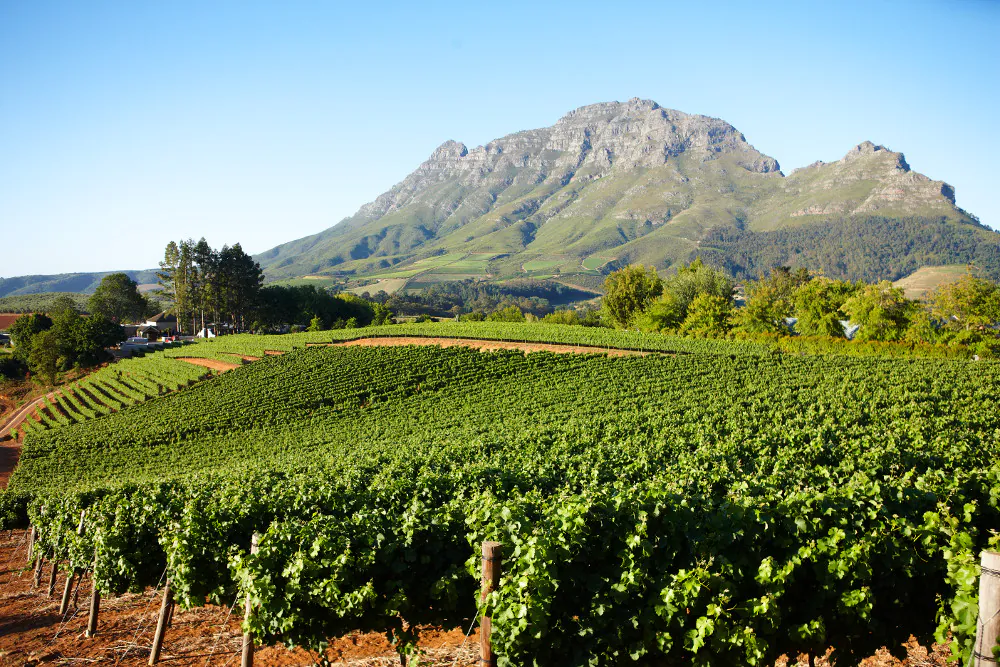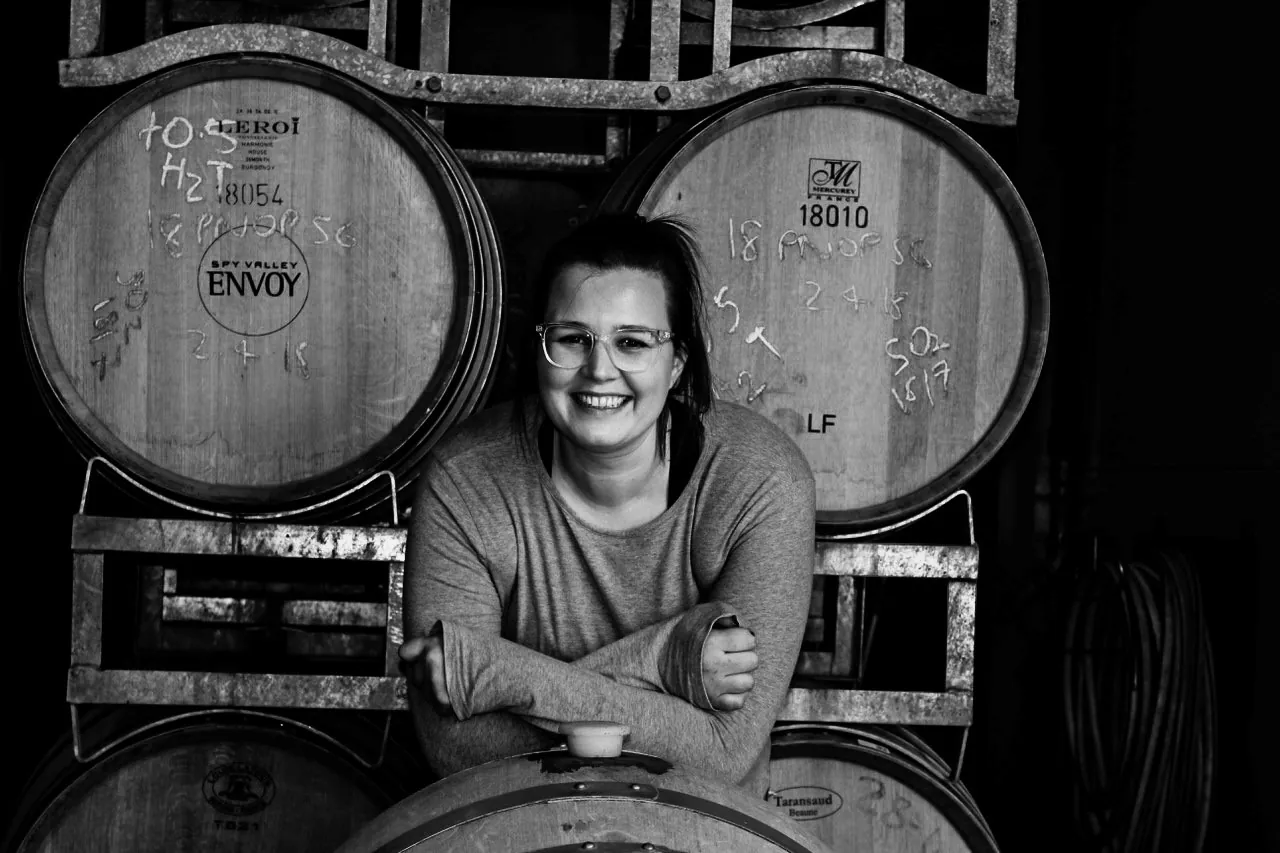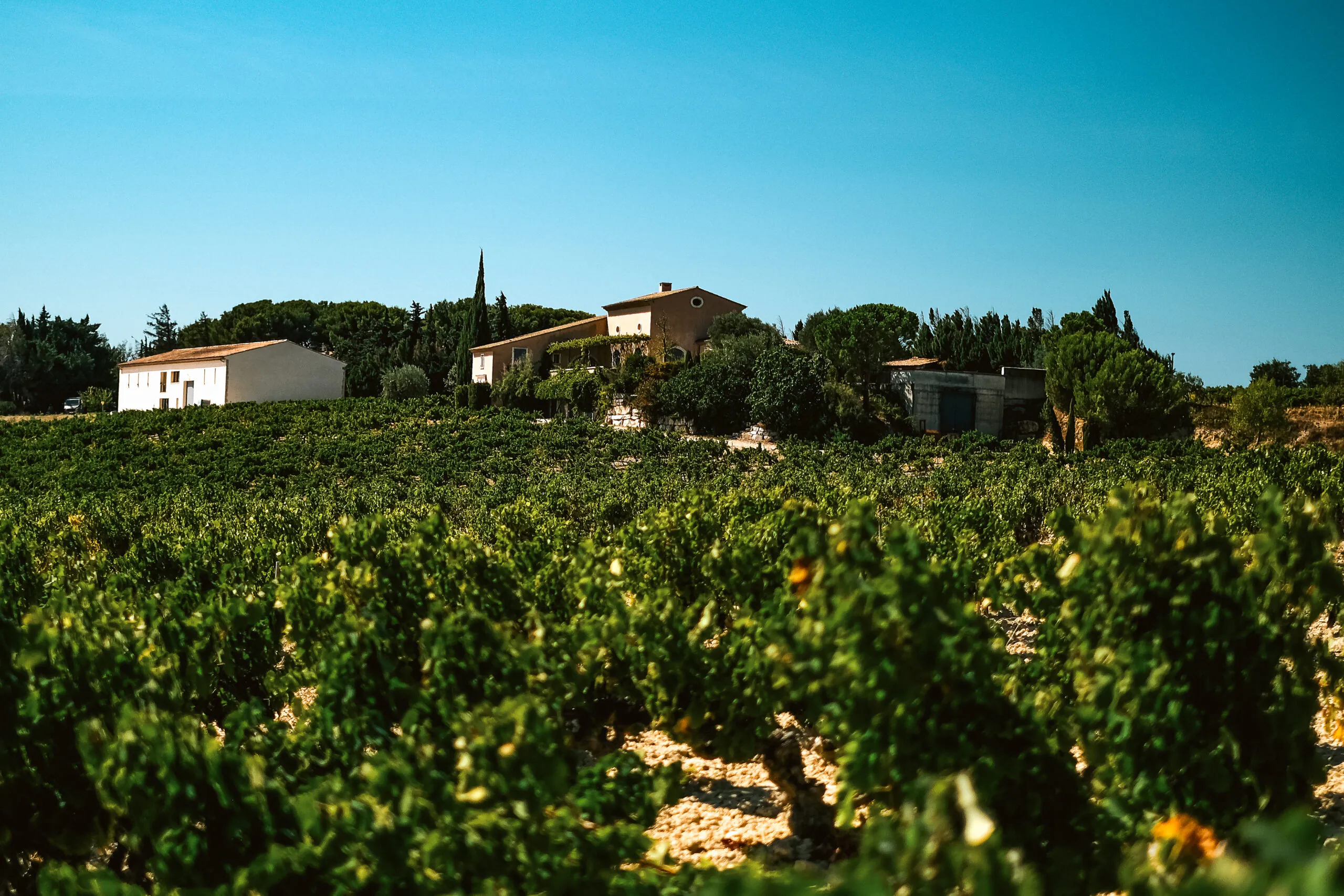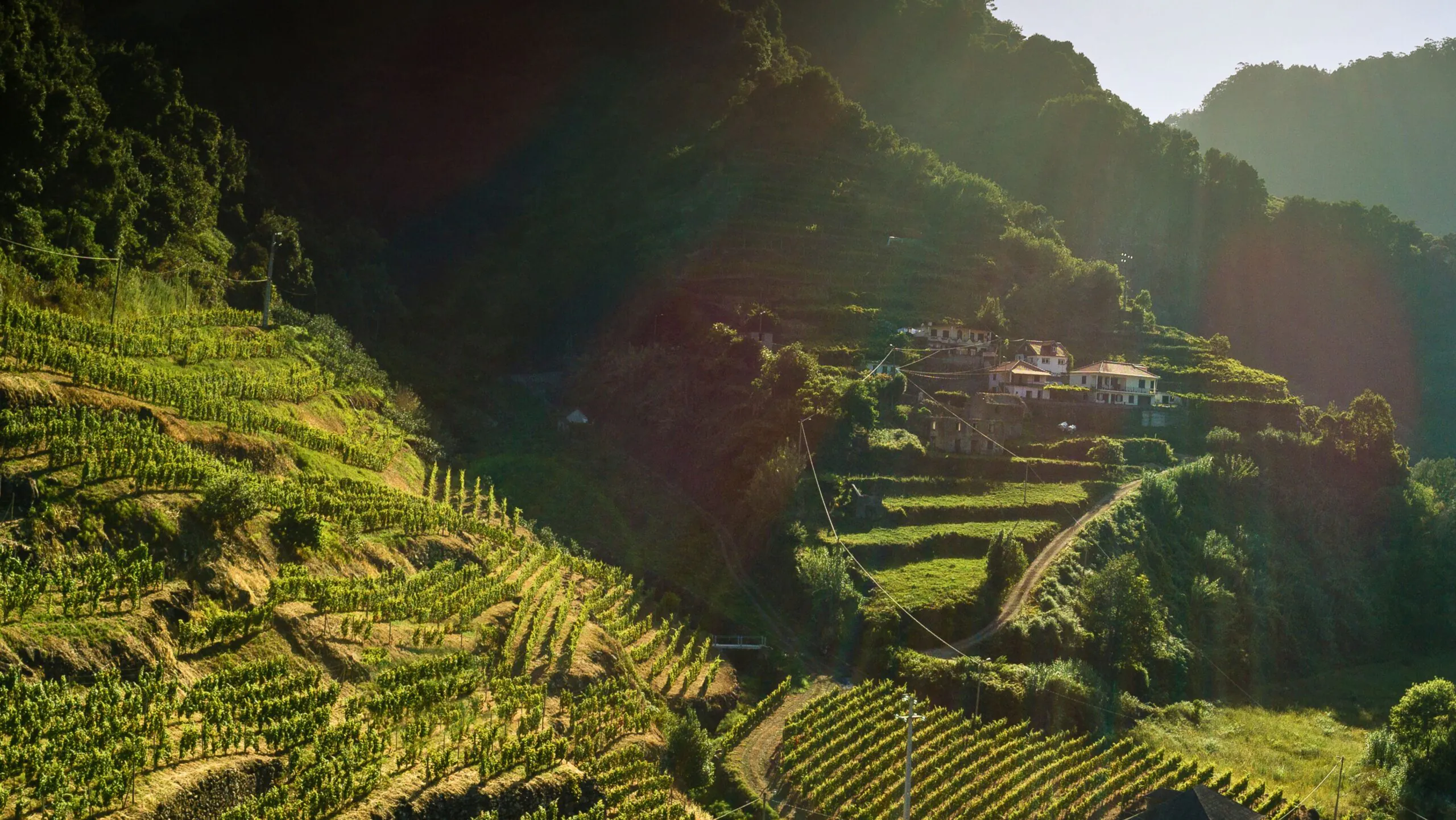In a recent episode of Adventures of a Black Belt Sommelier, host Hoyt Hill shared a lively conversation with Adi Badenhorst, the spirited winemaker behind AA Badenhorst Family Wines. From his early wine-making experiments to his unique passions and deep dedication to Swartland’s terroir, Badenhorst’s story reveals the creativity, persistence, and humor that drive his distinctive approach to winemaking.
A Love for Parrots and Vinyl Records
Early in the interview, Badenhorst revealed two unexpected personal passions: parrots and vinyl records. “I don’t know how many I’ve got now,” he laughed about his collection of parrots. “Probably, I don’t know, three, four hundred maybe.” His admiration for these birds, especially the endangered Cape Parrot, goes so far that he donates part of the proceeds from one of his wines toward conservation efforts, saying, “We make a wine, and part of those funds go towards research and protection of this Cape Parrot.”
Hoyt was also intrigued by Adi’s extensive vinyl collection, which isn’t just for show. “I collect them to play them, you know,” Adi explains. “In the winery, we’ve got a turntable. In my office, there’s a turntable. Up in my house, there’s a couple… all over the farm, there are a few turntables.” When asked what he might play for a celebration, he didn’t hesitate: “I’d probably put on an album I’m mad about at the moment: it’s called House on the Hill by Audience. Probably one of the greatest rock albums ever released.”
The Heart of Swartland and the Art of Bush Vines
When the conversation turned to wine, Badenhorst’s love for Swartland’s rugged landscapes shone through. Known as the “breadbasket of South Africa” for its wheat fields and mountainous terrain, Swartland is home to some of South Africa’s most celebrated vineyards, thanks in part to Badenhorst and a handful of pioneering winemakers. Adi explains the value of bush vines, a traditional and labor-intensive training method that allows vines to grow naturally, following the land’s contours: “They look natural, like droplets coming out of the earth, and they sit naturally in the landscape.”
This approach, he believes, helps bring out the unique character of Swartland’s terroir. “You start by planting the right variety in the right place, doing the soil preparation right, and understanding the climate. Then, these old vineyards, which used to just go into big blends, can become something special,” he said. “We make wines that are true to this place. Not pursuing other styles, but really understanding the soils, the climate… and that is the secret.”
Elevating Chenin Blanc and Crafting Affordable Excellence
Chenin Blanc, South Africa’s most widely planted grape, holds a special place in Badenhorst’s heart. His Secateurs Chenin Blanc has become a standard for accessible, high-quality South African Chenin, earning recognition globally. “The goal from the outset was to make the best Chenin Blanc in the southern hemisphere for that price,” he says. With its complex blend of old and young bush vines and a careful fermentation process, Badenhorst’s Chenin Blanc achieves a balance of texture, weight, and fruit that he feels honors the region.
Hoyt commented on its remarkable value, prompting Adi to explain, “It’s old vines, young vines, all bush vines, all made on the estate… it’s fermented in everything from small barrels to concrete tanks. It’s a beautiful wine, different from others. And I think people can taste that difference, that connection to this place.”
Collaboration and Innovation in Swartland
Badenhorst credits much of Swartland’s rise to the collaborative spirit among winemakers. He speaks of friends and neighbors like Eben Sadie and Jasper Wickens, with whom he shares ideas and innovations. They collectively work to elevate Swartland, using techniques learned from European winemakers, particularly those from France’s Loire Valley. “Vincent Carême, an amazing winemaker from Tours, has been a great friend and influence,” Adi notes. “He’s been an incredible human being in uniting winemakers here and abroad. There’s an amazing exchange of information and ideas.”
Looking Forward: Experimentation with Varietals and Climate Adaptation
In a testament to his experimental nature, Badenhorst has recently planted over 80 varietals, from Portuguese grapes like Tinta Barocca to Carignan and even Cabernet Sauvignon. As the climate shifts, he believes adaptability is critical: “The more grapes that are planted all over the world, the better. Times have changed. The climate is changing at an alarming rate… it’s really time to experiment and see what works.” He hopes to understand how these varietals perform in Swartland, aiming for more biodiversity and resilience in his vineyards.
As Hoyt wrapped up the interview, he reflected on Badenhorst’s impact and influence. Adi’s wines are “more than just wine,” Hoyt observed; they’re “expressions of a place, a history, and a way of life.” For Badenhorst, it’s all about preserving Swartland’s authenticity: “We’re not trying to be anyone else. The wines are what they are because of the land, the climate, and the vines themselves.”






























